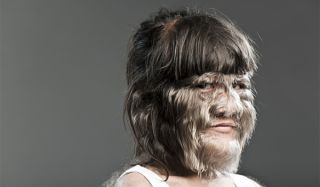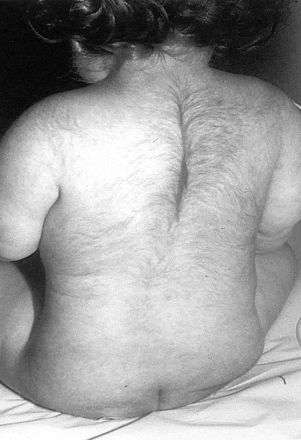berk
Member
- Joined
- Dec 28, 2019
- Messages
- 320
its a sign that your body is healthy.
Thousands or athletes around the word has increases body hair when they start following healthy life styles.
Body got healthy, its increase metabolism and testosterone by exercising and body hair start te grow.
Its a good sign, so stop worrying about it.
Wel my advice is not to shave it, when you start shaving it, you are activating hair growth even more and then you start looking at this guy (world strongest man)
(world strongest man)
https://pbs.twimg.com/media/Bg73oRVCcAEz6en.jpg
Thousands or athletes around the word has increases body hair when they start following healthy life styles.
Body got healthy, its increase metabolism and testosterone by exercising and body hair start te grow.
Its a good sign, so stop worrying about it.
Wel my advice is not to shave it, when you start shaving it, you are activating hair growth even more and then you start looking at this guy
https://pbs.twimg.com/media/Bg73oRVCcAEz6en.jpg


